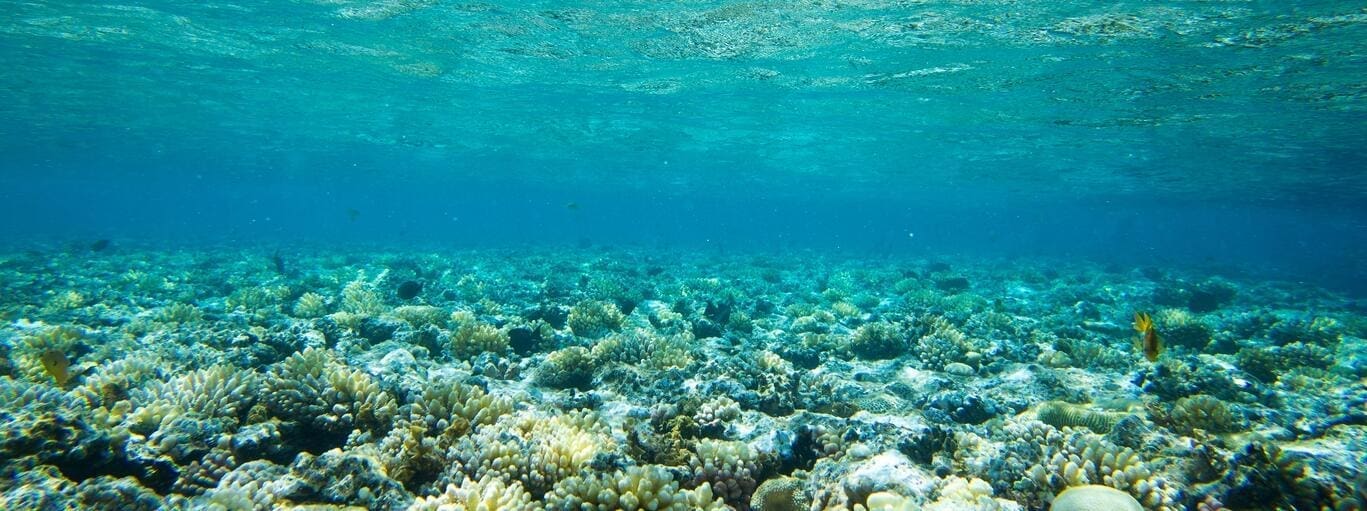The world is developing rapidly and the same is true for ROVs and subsea cables. The latest trends and developments might be of great importance for your own ROV project.
Which cable matches which type of ROV? What does this mean for the life expectancy and the risks of downtime? How does sustainability affect the use of ROVs and subsea cables? And what about depth?
Subsea solutions exist in all shapes and sizes, but it is important to know what fits your project best. On this page, we will zoom in on some of the most important trends and developments, affecting your subsea ROV.



